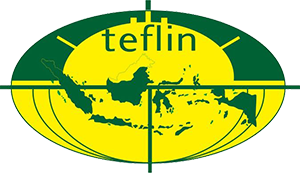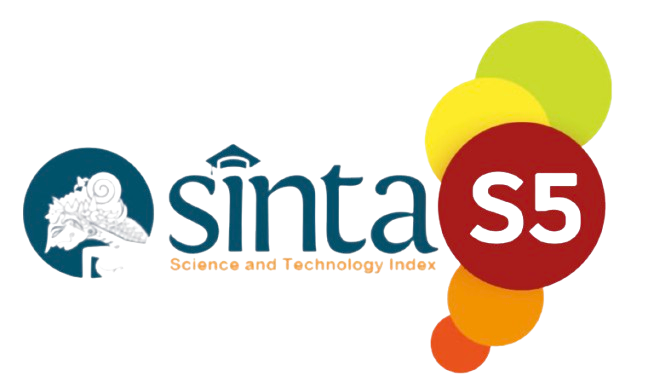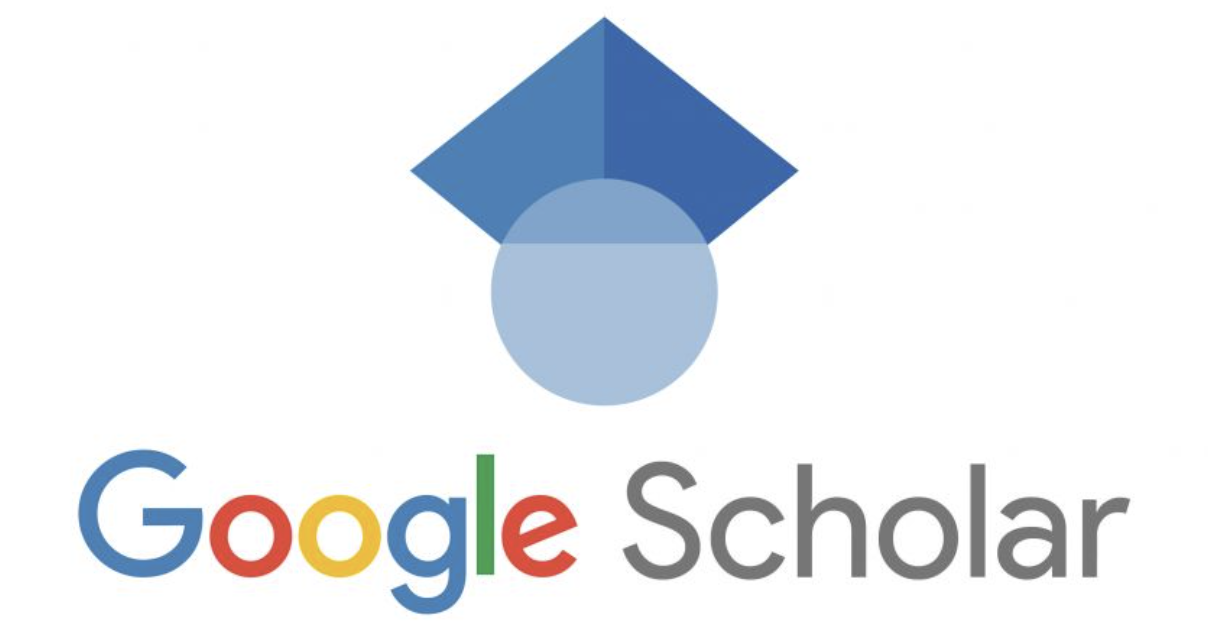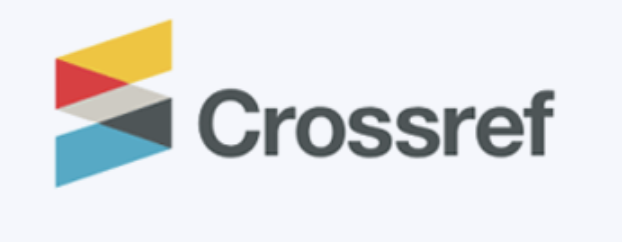Bridging the Gap: The Effect of Using the Mother Tongue in Bangladeshi ELT Classrooms
DOI:
https://doi.org/10.52217/ijlhe.v8i2.1953Keywords:
Bangladesh tertiary education, Bilingual pedagogy, ELT classrooms, English language learning, L1, Student perceptionsAbstract
This survey-based quantitative study investigates the role of the mother tongue (L1) in English language learning and its effects in English Language Teaching (ELT) classrooms at the tertiary level in Bangladesh. The research aims to explore how the use of L1 influences students’ comprehension, participation, and overall learning outcomes. A total of 80 students from the University of Global Village, University of Barishal, and Khulna University participated in the study through a structured questionnaire. Both quantitative and qualitative data (through open-ended questionnaire responses) were collected and analyzed to identify patterns and perceptions regarding L1 use. The findings reveal that a majority of students perceive the controlled use of L1 as supportive for understanding complex grammar and vocabulary, facilitating classroom interaction, and enhancing confidence. However, some participants indicated that excessive reliance on L1 might hinder English fluency. The study highlights the importance of a balanced approach or bilingual pedagogy suggesting that judicious integration of L1 can enhance learning effectiveness without compromising target language proficiency. These findings provide insights for ELT practitioners and policymakers to optimize classroom strategies that incorporate students’ mother tongue effectively.
References
Atkinson, D. (1987). The mother tongue in the classroom: A neglected resource? ELT Journal, 41(4), 241–247. https://doi.org/10.1093/elt/41.4.241
Aybirdi, N., Han, T., & Şahin, P. (2023). Non-native English language teachers’ L1 use in L2 classroom in Turkish middle school context: Amount, purpose and beliefs. Uluslararası Dil Edebiyat ve Kültür Araştırmaları Dergisi, 6(2), 158–172. https://doi.org/10.37999/udekad.1263459
Butzkamm, W., & Caldwell, J. A. W. (2009). The bilingual reform: A paradigm shifts in foreign language teaching. Narr Francke Attempto Verlag.
Caires Hurley, J., Dougherty, J., & Ibarra Johnson, S. (2024). A conceptual framework supporting translanguaging pedagogies in secondary dual-language programs. Education Sciences, 14(10), 1052. https://doi.org/10.3390/educsci14101052
Chicherina, N. V., & Strelkova, S. Y. (2023). Translanguaging in English language teaching: Perceptions of teachers and students. Education Sciences, 13(1), 86. https://doi.org/10.3390/educsci13010086
Cook, G. (2001). Using the first language in the classroom. Canadian Modern Language Review, 57(3), 402–423. https://doi.org/10.3138/cmlr.57.3.402
Cook, G. (2012). Translation in language teaching: An argument for reassessment. Oxford University Press.
Cummins, J. (2007). Rethinking monolingual instructional strategies in multilingual classrooms. Canadian Journal of Applied Linguistics, 10(2), 221–240. https://journals.lib.unb.ca/index.php/CJAL/article/view/19743
García, O., & Wei, L. (2014). Translanguaging: Language, bilingualism and education. Palgrave Macmillan. https://doi.org/10.1057/9781137385765
Hall, G., & Cook, G. (2012). Own-language use in ELT: Exploring global practices and attitudes. British Council. https://englishagenda.britishcouncil.org/research-publications/own-language-use-elt
Harbord, J. (1992). The use of the mother tongue in the classroom. ELT Journal, 46(4), 350–355. https://doi.org/10.1093/elt/46.4.350
Harmer, J. (2007). The practice of English language teaching (4th ed.). Pearson Education.
Haque, A. K. F. (1989). Language planning in Bangladesh. Language Problems and Language Planning, 13(2), 167–180. https://doi.org/10.1075/lplp.13.2.05haq
Huang, X., & Chalmers, H. (2023). Implementation and effects of pedagogical translanguaging in EFL classrooms: A systematic review. Languages, 8(3), 194. https://doi.org/10.3390/languages8030194
Hymes, D. (1972). On communicative competence. In J. B. Pride & J. Holmes (Eds.), Sociolinguistics (pp. 269–293). Penguin.
Karafil, A., & Ilbay, A. (2023). Teachers’ perspectives on the use of L1 in English as a foreign language classrooms. International Journal of Research in Education and Science, 9(2), 332–345. https://doi.org/10.46328/ijres.3113
Kim, S. L., & Kim, D. (2024). “I should only use one language”: A case study of Spanish-speaking emergent bilingual students’ translanguaging experiences in a middle school science classroom. Education Sciences, 14(8), 853. https://doi.org/10.3390/educsci14080853
Krashen, S. D. (1982). Principles and practice in second language acquisition. Pergamon.
Lado, R. (1957). Linguistics across cultures: Applied linguistics for language teachers. University of Michigan Press.
Larsen-Freeman, D., & Long, M. H. (1991). An introduction to second language acquisition research. Longman.
Macdonald, C. (1993). Using the target language in early immersion classrooms. In R. Harley, P. Allen, J. Cummins, & M. Swain (Eds.), The development of second language proficiency (pp. 355–371). Cambridge University Press.
Mahadeo, K. (2006). L1 in the L2 classroom: A support or a hindrance? ELT Journal, 60(3), 259–261. https://doi.org/10.1093/elt/ccl018
Motbaynor, H. (2024). Teachers’ use of L1 in EFL classrooms: A case study in the Middle East. Journal of Language Teaching and Research, 15(1), 44–55. https://doi.org/10.17507/jltr.1501.05
Musyoka, M. M. (2023). Translanguaging in bilingual deaf education teacher preparation programs. Languages, 8(1), 65. https://www.mdpi.com/2226-471X/8/1/65
Nation, I. S. P. (2003). The role of the first language in foreign language learning. Asian EFL Journal, 5(2), 1–8. https://asian-efl-journal.com/quarterly-journal/2003/06/30/the-role-of-the-first-language-in-foreign-language-learning
Orfan, S. N. (2023). Afghan EFL instructors’ perceptions of L1 use in English classrooms. Journal of Language and Education, 9(1), 72–85. https://doi.org/10.17323/jle.2023.16136
Pontier, R. W., & Abbasi, E. (2024). Biographically driven development of translanguaging stance for a modern language teacher candidate in a graduate TESOL class. Education Sciences, 14(11), 1210. https://doi.org/10.3390/educsci14111210
Richards, J. C., & Rodgers, T. S. (2014). Approaches and methods in language teaching (3rd ed.). Cambridge University Press. https://doi.org/10.1017/CBO9781009024535
Song, J., Howard, D., & Olazabal-Arias, W. (2022). Translanguaging as a strategy for supporting multilingual learners’ social emotional learning. Education Sciences, 12(7), 475. https://doi.org/10.3390/educsci12070475
Swain, M., & Lapkin, S. (2000). Task-based second language learning: The uses of the first language. Language Teaching Research, 4(3), 251–274. https://doi.org/10.1177/136216880000400304
Tang, J. (2002). Using L1 in the English classroom. English Teaching Forum, 40(1), 36–43. https://americanenglish.state.gov/files/ae/resource_files/02-40-1-h.pdf
Taner, A., & Balıkçı, E. (2022). Pre-service English teachers’ perceptions of L1 use in the classroom. Journal of Language and Linguistic Studies, 18(Special Issue), 282–294. https://doi.org/10.52462/jlls.218
Tsao, F. (2001). The mother tongue in EFL classrooms in Taiwan. English Teaching & Learning, 26(2), 1–22.
Turnbull, M., & Dailey-O’Cain, J. (2009). First language use in second and foreign language learning. Multilingual Matters. https://doi.org/10.21832/9781847691972
Vygotsky, L. S. (1978). Mind in society: The development of higher psychological processes. Harvard University Press.














